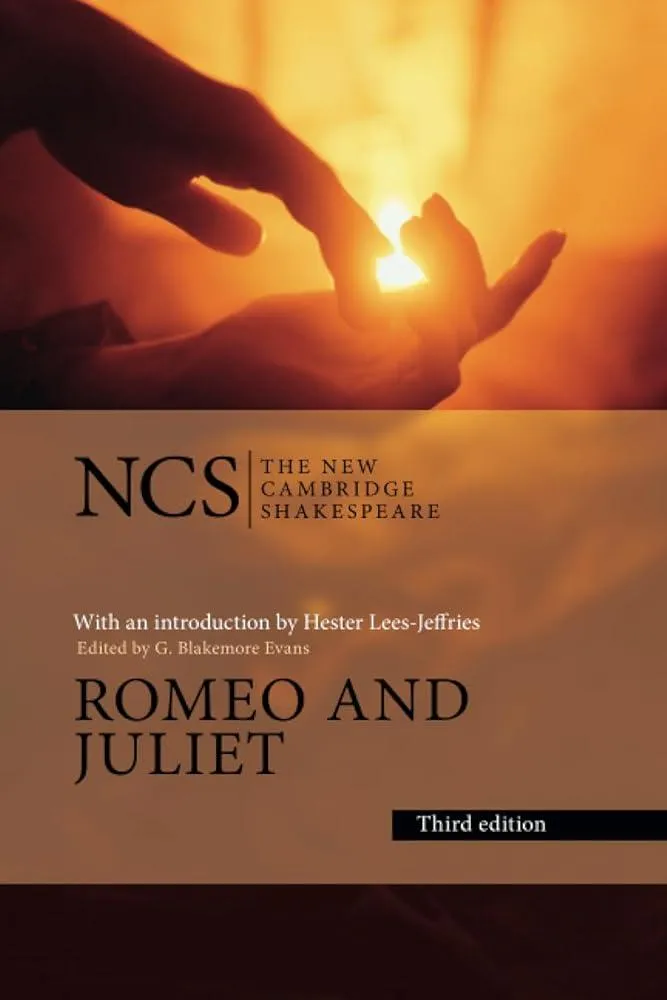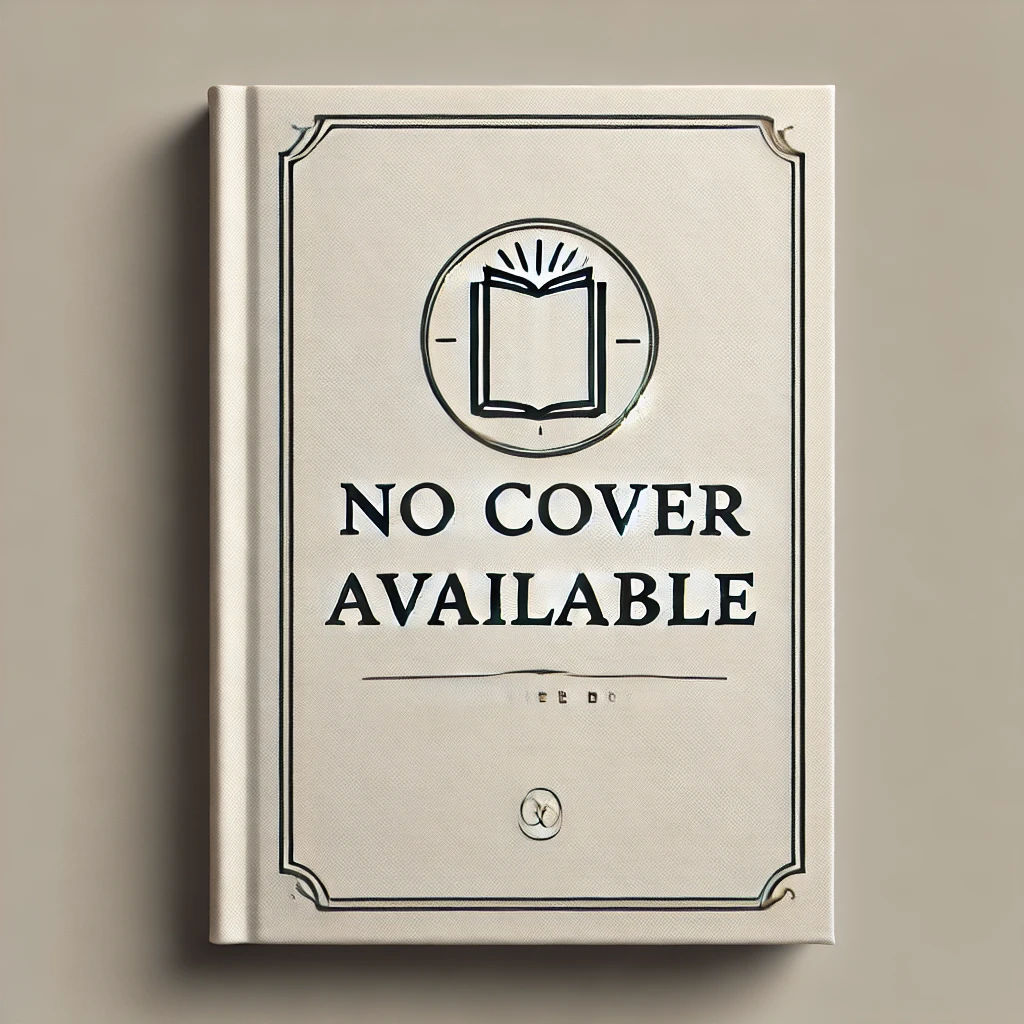For this updated critical edition of Romeo and Juliet, Hester Lees-Jeffries has written a completely new introduction. It draws on recent research in theatre to set Romeo and Juliet in its mid-1590s context, making connections with other plays by Shakespeare and other literature of the period, as well as with the social and cultural contexts of the day, with discussions of London and Italy, dancing and duelling, marriage, gender and sexuality. It includes detailed discussion of the play in performance from the Restoration to the present day, with a particular focus on film (including global cinema), music and dance, and also explores other adaptations and afterlives, including young-adult fiction. The edition retains the commentary and Textual Analysis of the previous editor, G. Blakemore Evans; the Textual Analysis is prefaced with a short note contextualising its conclusions in the light of more recent research.
William Shakespeare
William Shakespeare was an English playwright, poet, and actor, widely regarded as one of the greatest writers in the English language. He is known for his numerous plays and sonnets, which have had a profound impact on literature and theater. Some of his most notable works include "Romeo and Juliet," "Hamlet," "Macbeth," and "Othello." Shakespeare's writing is characterized by his use of intricate language, complex characters, and universal themes such as love, jealousy, power, and ambition. His works have been translated into every major language and are performed around the world to this day. Shakespeare's influence on literature, drama, and the English language is immeasurable, and his legacy continues to endure centuries after his death. His most famous work is arguably "Romeo and Juliet," a tragic love story that has become a timeless classic.


